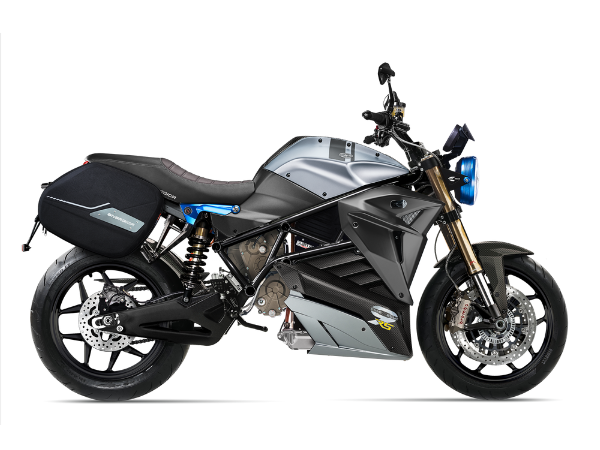We compared the Energica EsseEsse9 electric motorcycle against the crowd favourite Harley Davidson XG500. As adoption of electric vehicles increases, we will start to see more development in all aspects of EVs – more powerful, further range, improved handling and drops in cost… but are we there yet?
When we think of what draws us to motorcycle riding there are a few things that come to mind. The raw power, sleek design and incredible freedom you experience winding around mountain roads on two wheels. With the ever accelerating advancement of electric motor technology, we are starting to see how these next generation machines stack up against their internal combustion engine (ICE) counterparts.
We are going to put the Harley Davidson XG500 against the Energica EsseEsse9 in terms of power/performance, range, fuel/charging, technology and connectivity, handling, ride quality and environmental impact. Why these two motorcycles? When racking our brains on similar motorcycles, we wanted to put the Energica EsseEsse9 against a bike that would suit the same kind of rider.
About the Harley Davidson XG500
In the early 2010s, Harley Davidson wanted to bring in younger riders into the market with an affordable and versatile motorcycle. The XG500 and XG750 were a part of a new ‘street’ line up which aimed to break away from the traditional cruiser image we usually think of when we hear the words ‘Harley Davidson’. These new street motorcycles would be lighter, agile, easily customisable and a perfect ride for people living in urban settings.
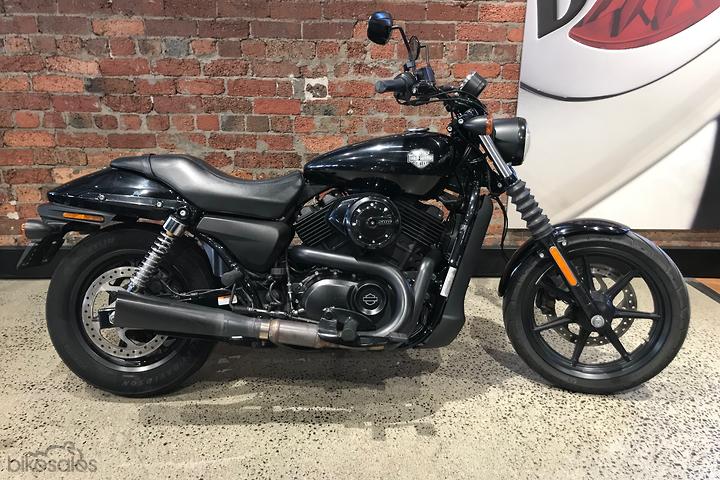
About the Energica EsseEsse9
The Energica EsseEsse9 was the world’s first “classic” retro-styled electric motorcycle that was designed for practicality. The electro-retro bike shares the same riding technology as their Ego and Eva Ribelle counterparts, but the design was aimed more toward the casual rider, without demanding the hyper-performance of the other two models. It held a relaxed rider position, room for two and quickly became a preferred option for people looking for a reliable motorcycle that would handle mountains as well as it could handle the ‘burbs.

Right, introductions over – let’s get into it.
Power and Performance:
Straight out the gate, the Energica EsseEsse9 leaves the Harley XG500 in the dust of its rear-view mirrors. When it comes to power and performance, the Harley Street can’t stack up. Comparing the max torque of the two, the Harley will get you going with 40 Nm, while the EsseEsse9’s engine will put out 207 Nm. The one thing you don’t want to do with electric bikes is try to race them at a red light, you’re going to have a bad time. Horsepower, we’re looking at 53 HP on the Street 500 and 107 HP on the Energica. Top speeds 112 km/h for the Harley and 200 km/h on the Energica. The EsseEsse9 leaves the GX500 far behind in terms of sheer power and acceleration.
Range and Charging/Fueling:
The range and charging capabilities of electric motorcycles are one of the biggest points of contention for the new technology. The superior battery pack of the Energica EsseEsse9 meets this challenge by providing a range of up to 400+ kms on a single charge, based on riding conditions. This number varies greatly between around 200 kms and 400 kms if you’re riding on a highway vs urban settings. At least with ICE bikes you know how far you’ll be able to ride consistently. On a full tank, the XG500 will take you between 190-230 kms.
While Energica motorcycles are equipped with one of the fastest charging systems available, charging the battery to up to 80% in 60 minutes, when compared to the ICE bike the scales start to tip. If you were on the Harley XG500 you could fuel up, have a coffee, a servo pie and be on your way before an empty Energica reaches 50%.
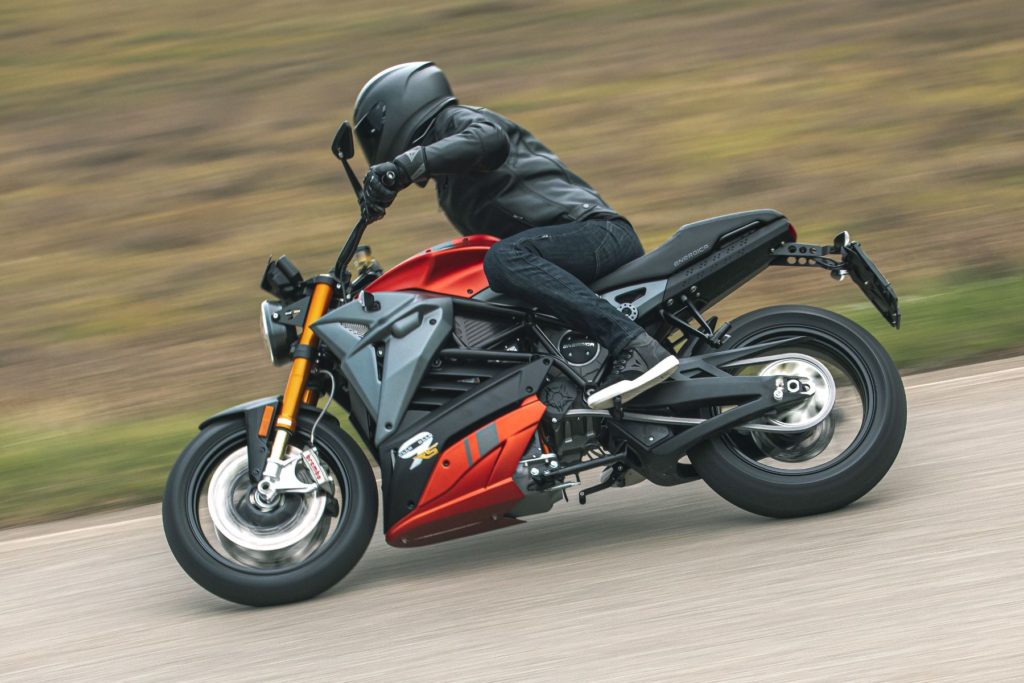
Technology and Connectivity:
With its cutting-edge features, the Energica EsseEsse9 leads the way in technology and connectivity. It has a complete digital instrument cluster that displays battery status, range, and power consumption in real time. The overall riding experience can be improved by allowing riders to connect their smartphones to access navigation, music, and call notifications. On the other hand, the Harley XG500 lacks technological integration and features a more conventional dashboard with few connectivity options.
Handling and Ride Quality:
The Harley XG500, while extremely capable, falls short in comparison, with a slightly heavier frame and a less refined suspension system that may impact the overall ride experience. However, this bike wasn’t designed for it’s suspension to be put through the ringer, as we said earlier, this bike is designed for casual urban riding.
Comparatively, the Energica EsseEsse9’s was designed for casual riding that can also handle heavier terrain. The advanced suspension system and precision engineering shine through in this category. Its robust frame and suspension setup provide excellent stability and responsiveness, allowing riders to confidently manoeuvre through corners and navigate challenging terrain.
Another point we have to consider when talking about ride quality between electric and ICE bikes is noise. Some people absolutely froth at the rumble of a Harley, while for other riders, you may as well be blowing an endless fog horn. And while some of the die-hard Harley heads may fire up and shout “loud pipes save lives” when you mention the noise difference of an electric bike, this is just factually and scientifically untrue. Immersing yourself in a winding forest road without the roar of an engine makes for a completely different experience.
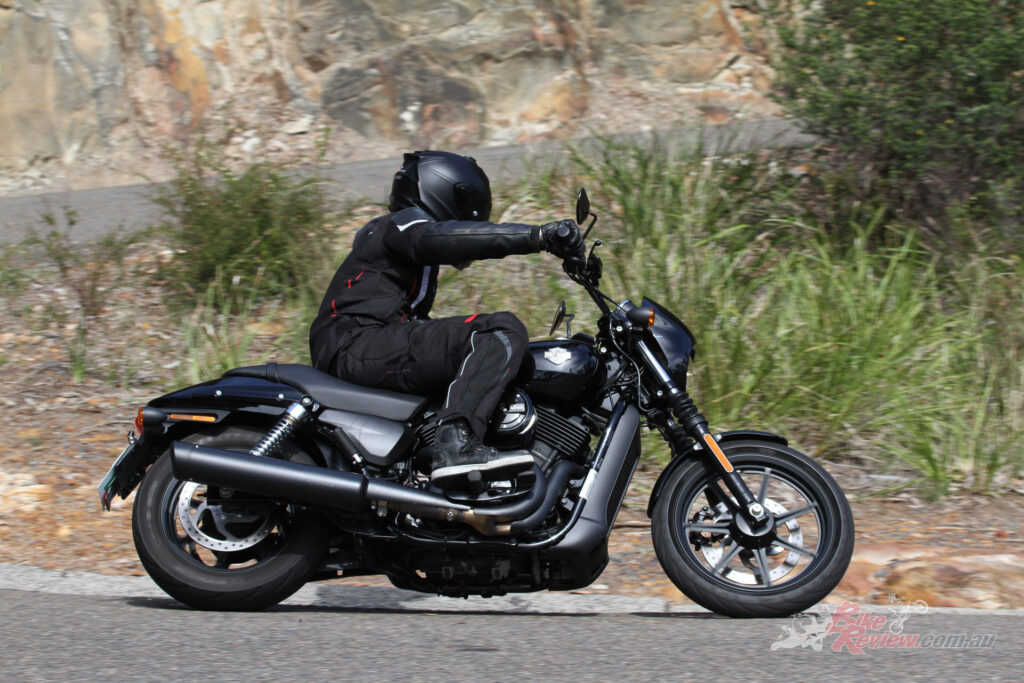
Environmental Impact:
Naturally electric motorcycles like the Energica EsseEsse9 outperform gasoline-powered models in a time when sustainability is a pressing concern. The EsseEsse9 produces zero emissions, fundamentally lessening its carbon impression and adding to a cleaner climate. It represents the transportation of the future and is in line with the global trend toward electric mobility. Due to its use of fossil fuels, the Harley XG500 cannot compete with the EsseEsse9’s eco-friendly features. On this note, electric motors convert between 85-90 percent of electrical energy into mechanical energy, or motion. Compared to less than 40 percent for an ICE engine. And to be honest, you’re paying how much for fuel, and only getting 40 percent out of it? Tell me that makes sense.
One more thing we will add when it comes to environmental impact, is coal fuelled electricity vs renewable energy. AEMC has always advocated that electric vehicles should be powered by renewable energy sources. It just makes sense from a cost perspective, and an environmental impact perspective. We installed a solar system on our dealership and use it to charge all of our vehicles. It’s one of the best decisions we’ve made and saves us a lot of money in the long run.
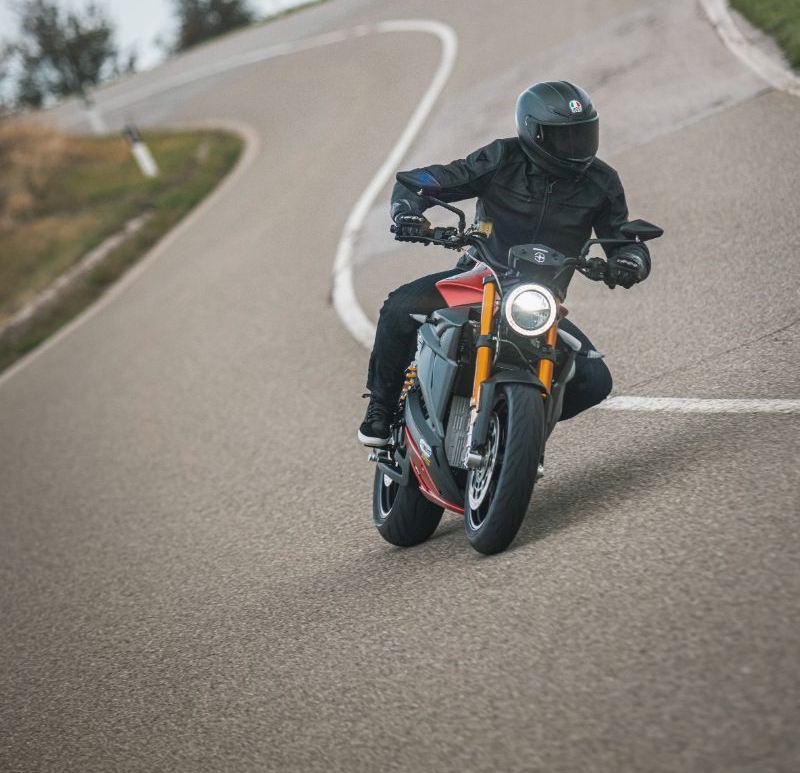
Costs
Following on from the renewable energy sources, the running costs of an electric motorcycle is significantly lower than ICE motorcycles. Less servicing and no fuel costs. However, you can usually pick up a XG500 for around $14,000. The Energica EsseEsse9 will hit your pocket at around $45,000.
In almost every comparison, except for the cost to buy and time spent at the pump, the Energica EsseEsse9 comes out on top as the superior machine. It’s exciting to be on the forefront of a new wave of vehicle technology that’s sweeping Australia that will only become more advanced and efficient over time. If you’re ready to try the Energica EsseEsse9, then reach out to us and we can make that happen!

